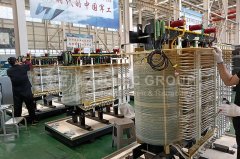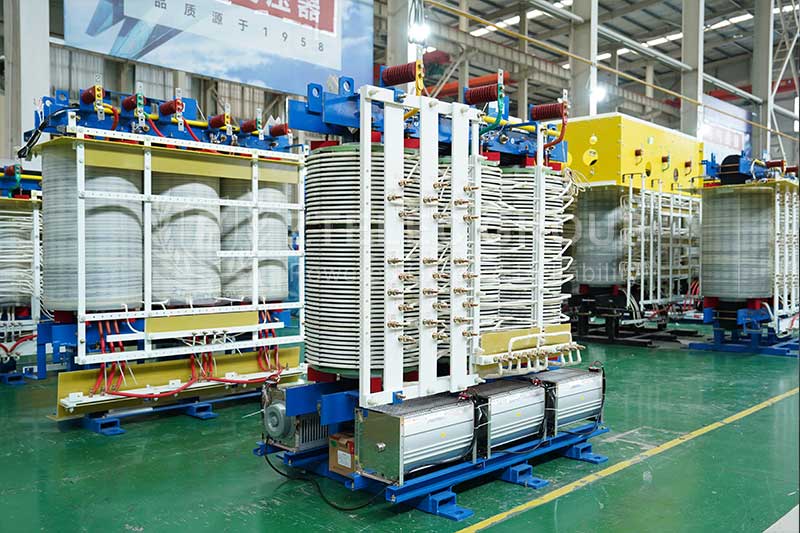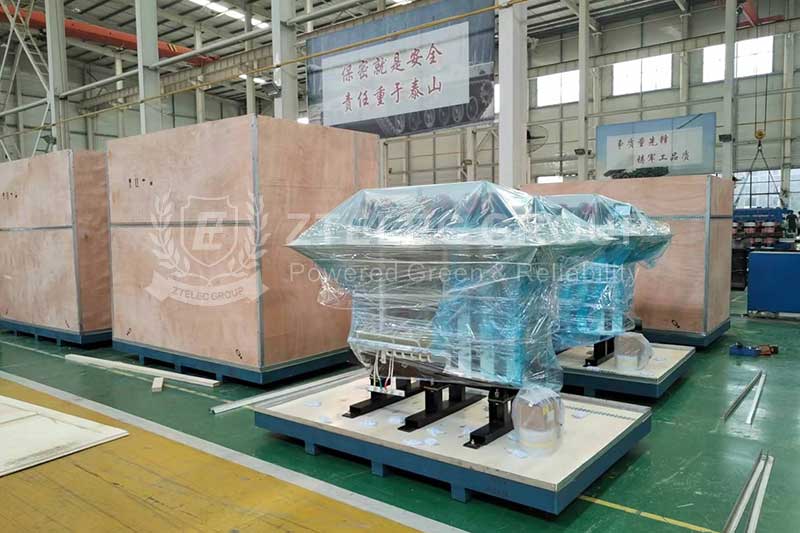The Popularity of Dry-Type Transformers: Key Reasons
In the field of power equipment and power transmission, transformers are undoubtedly one of the most critical core components. In recent years, dry-type transformers have shown a rapid growth in popularity in the market due to their unique advantages. So, why can dry-type transformers stand out in the fiercely competitive market?
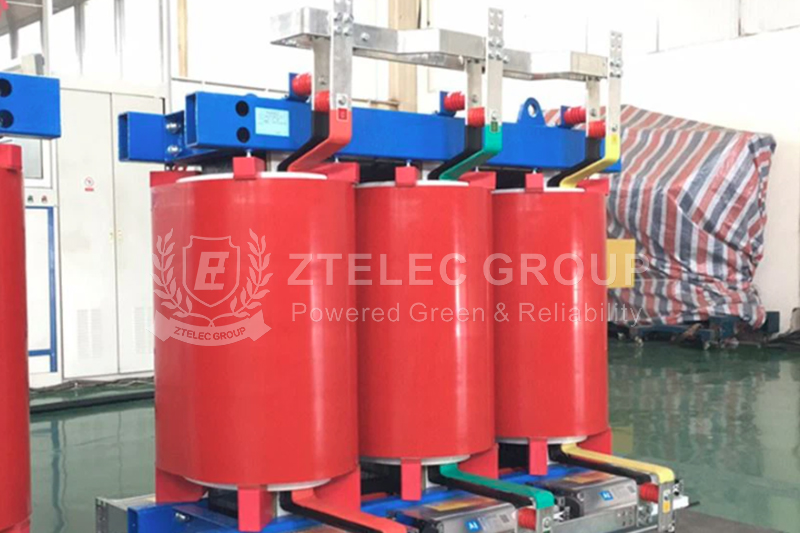
Excellent safety performance of dry-type transformers
Safety performance is one of the most prominent advantages of dry-type transformers. Traditional oil-immersed transformers use insulating oil as a cooling and insulating medium. Once the transformer fails, the insulating oil is very likely to burn or even explode, causing serious safety accidents. Looking back on past cases, in many old factories and power facilities, fires and explosions caused by aging of oil-immersed transformer insulation, short circuits and other problems frequently occur, causing incalculable losses to people's lives and property.
In sharp contrast, dry-type transformers use air or other solid insulation materials, which fundamentally eliminates the risk of fire and explosion caused by oil filling. This feature enables them to operate stably and safely in crowded places, high-rise buildings and other environments with extremely strict safety requirements. Taking large commercial complexes as an example, there is a huge flow of people and dense distribution of electrical equipment. The application of dry-type transformers can effectively avoid fire hazards caused by transformer failures and build a solid and reliable line of defense for the safety of people and property. In addition, dry-type transformers do not produce any harmful gases during operation, which is very friendly to the environment and fully meets the urgent requirements of modern society for green environmental protection.
Simple and efficient maintenance of dry-type transformers
Dry-type transformers have significant advantages in maintenance, with relatively low maintenance costs and easy operation. Oil-immersed transformers require regular testing, replacement and maintenance of insulating oil to ensure their insulation performance and cooling effect. However, this series of operations not only greatly increases the workload and cost of maintenance, but also relies on professional equipment and technicians with professional skills. For example, testing the performance of insulating oil requires the use of professional instruments and laboratory environment, while replacing insulating oil requires shutting down the transformer and performing a series of complex and tedious operating procedures. The whole process is both time-consuming and labor-intensive.
On the other hand, dry-type transformers do not require the use of insulating oil, thus eliminating all maintenance work related to insulating oil. Its structure is relatively simple, and daily inspections are mainly focused on appearance inspection, temperature monitoring, etc. Maintenance personnel only need simple training to operate proficiently. This simple and efficient maintenance method not only effectively reduces maintenance costs, but also greatly reduces downtime, significantly improving the availability and reliability of equipment. For industries such as chemical and electronics that have extremely high requirements for production continuity, this advantage of dry-type transformers is particularly important.
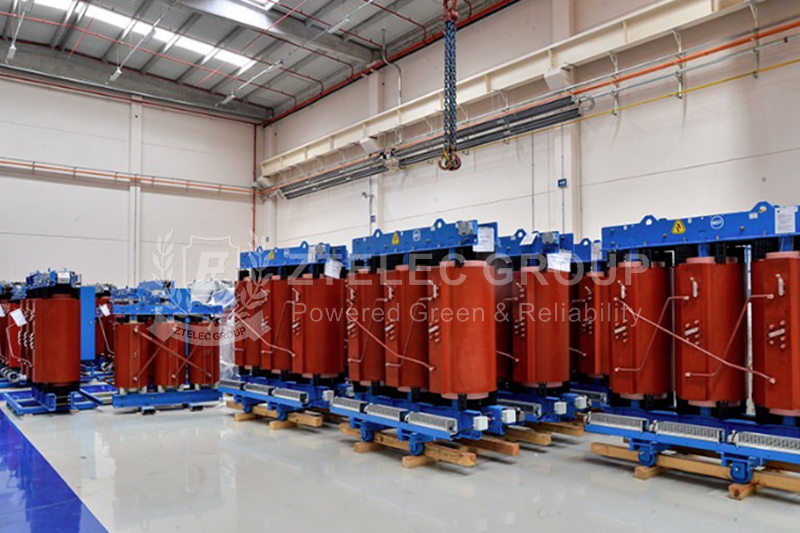
Significant energy-saving effect of dry-type transformers
In the context of the global advocacy of energy conservation and emission reduction, the energy-saving characteristics of dry-type transformers give them a clear advantage in market competition. Dry-type transformers usually use advanced core materials and winding designs, which can significantly reduce iron loss and copper loss, and effectively improve the operating efficiency of transformers. For example, some new dry-type transformers use silicon steel sheets with high magnetic permeability, which greatly reduces the hysteresis loss and eddy current loss in the core; at the same time, by optimizing the winding structure, the resistance of the winding is reduced, thereby reducing copper loss.
Compared with traditional oil-immersed transformers, dry-type transformers can save considerable electrical energy under the same load conditions. In the long run, this will save a lot of electricity bills for enterprises and users. It is worth mentioning that energy-saving dry-type transformers are fully in line with the country's energy policies and relevant standards. Users can not only enjoy the economic benefits brought by energy saving, but also have the opportunity to obtain government policy support and subsidies, which further reduces investment costs.
Strong environmental adaptability of dry-type transformers
Dry-type transformers have excellent environmental adaptability and can operate stably under various complex environmental conditions. It is not affected by environmental factors such as humidity and dust, and can maintain normal working conditions even in humid and dusty environments. Taking factories or mines in coastal areas as an example. Due to high air humidity and dust, oil-immersed transformers are very likely to suffer from moisture and dust intrusion, which will lead to a decrease in insulation performance, thus affecting the normal operation of the transformer. Dry-type transformers can effectively resist the interference of these adverse environmental factors with their good sealing and insulation performance.
In addition, dry-type transformers also have a high degree of customization capabilities, which can be customized according to the different needs of users to adapt to various installation spaces and usage requirements. It can be designed as an indoor or outdoor type, and the installation methods are flexible and diverse, including wall-mounted, floor-standing and other forms. This makes dry-type transformers widely used in various complex occasions such as urban subways, wind farms, and data centers.
- more+releated article
- 2025-04-23Revealing the Advantages of Dry-Type Rectifier
- 2025-04-22Phenolic paper sheet and phenolic cotton cloth
- 2025-04-22The Popularity of Dry-Type Transformers: Key R
- 2025-04-21FR5 vs. FR4 Epoxy Sheet: Which One Fits Your P
- 2025-04-21Dry-Type vs. Oil-Immersed Transformers: A Comp
- 2025-04-19Losses in Oil-Immersed Power Transformers: Mec
- 2025-04-19Why Choose FR5 Epoxy Sheet for High-Temperatur
- 2025-04-18Key points of oil-immersed transformer mainten
- 2025-04-18Lebanese Customers visit Zhongtian Electrical
- 2025-04-18The Features and Diverse Applications of FR5 E

